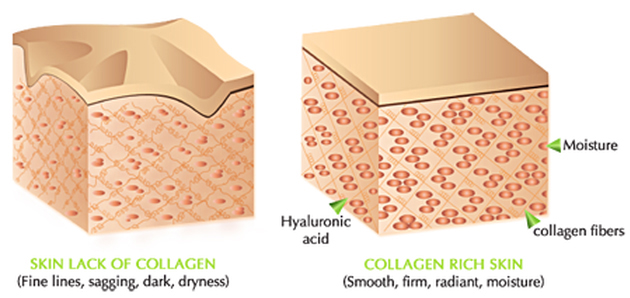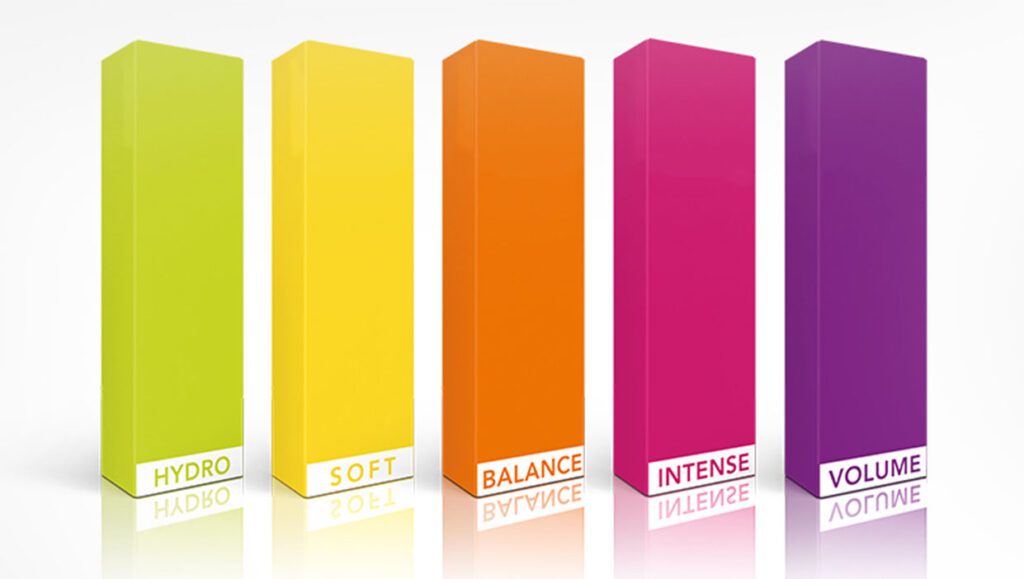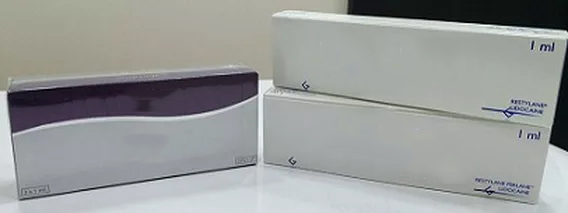What are Fillers?
Fillers are synthetic substitutes of collagen, a very important protein in our skin which keeps it plump, elastic and smooth. Fillers are injected into the skin to help fill in wrinkles and create volume. They can reverse the signs of aging and enhance your natural beauty, helping you defy time.


What are the different types of fillers?
There are many brands of fillers available in the market, each offering individual advantages. Dr J Ngiam can help to determine which filler best suits your needs.
There are 2 main groups of fillers:
- Temporary
The product is absorbed by your body after a period of time, so any unwanted side effects are not long lasting. - Permanent
These are not as commonly used in this day and age.




Temporary fillers are made from various materials:
Hyaluronic acid
Hyaluronic Acid Fillers are the most widely used fillers worldwide. As hyaluronic acid is a naturally occurring substance that is present in every living organism, such fillers have a proven clinical safety record. Hyaluronic acid also has superior moisturising and volumising capabilities, as it can hold up to 1000 times its own weight in water. Brands you may have heard about include Juvederm, Restylane and Belotero – J Laser and Aesthetics Clinic carries all these and provides you with more options for treatment as different products can be combined holistically for more optimal results.
Calcium Hydroxylapatite
This is the main component of Radiesse, a longer-lasting filler designed for facial sculpting which is also available at our clinic.
What can Hyaluronic Acid fillers be used for?
Fillers can:
- Wrinkles
- Nasolabial folds
- Marionette lines
- Pre-jowl sulcus
- Lips
- Fine lines around the mouth
- Under the eyes
- Cheek augmentation
- Earlobes
- Volume loss on the back of hands
Am I suitable?
The best way to decide if Hyaluronic Acid fillers are right for you is to speak to a qualified aesthetic practitioner.
Pregnant women or women who are breast feeding are advised not to undergo treatment.
People with active pimples should wait for their skin condition to improve as there is a risk of infection after filler injections.
Some fillers can rarely cause allergic reactions – it is important to check the filler components prior to the procedure.
What can I expect during the treatment and how long does it take?
During the treatment session, an anesthetic cream will be applied onto the target area. A very fine needle is then used to inject the filler into the specific region to be treated. Cold packs are used after the procedure to provide additional comfort. Hyaluronic Acid filler injections are relatively painless, although some people may experience mild discomfort during or after treatment.
In general, the treatment is quick and takes approximately 30 minutes.
How soon can I return to normal activities?
There is minimal downtime – you can actually resume your usual lifestyle as soon as your treatment is over.
Are there any side effects?
Hyaluronic Acid fillers used nowadays are generally safe and seldom produce severe side effects. The most common side effects are injection-related, such as redness, pain, itching, swelling or bruising. These post-treatment reactions are usually mild and disappear after a few days.
Will the treated area feel unusual?
Depending on the specific product used, you may be able to feel the filler material under the skin for a short period after treatment. However, the material integrates completely into your own tissue over time to provide subtle results without any unpleasant sensations.
When can I start to see results and how long do they last?
The aesthetic results are almost immediate, and you will notice the difference right away.
Hyaluronic Acid filler duration depends on many factors, such as the individual’s skin condition, choice of filler product and area treated. The effects typically last between 6 to 9 months, with some brands lasting up to 12 to 18 months.
